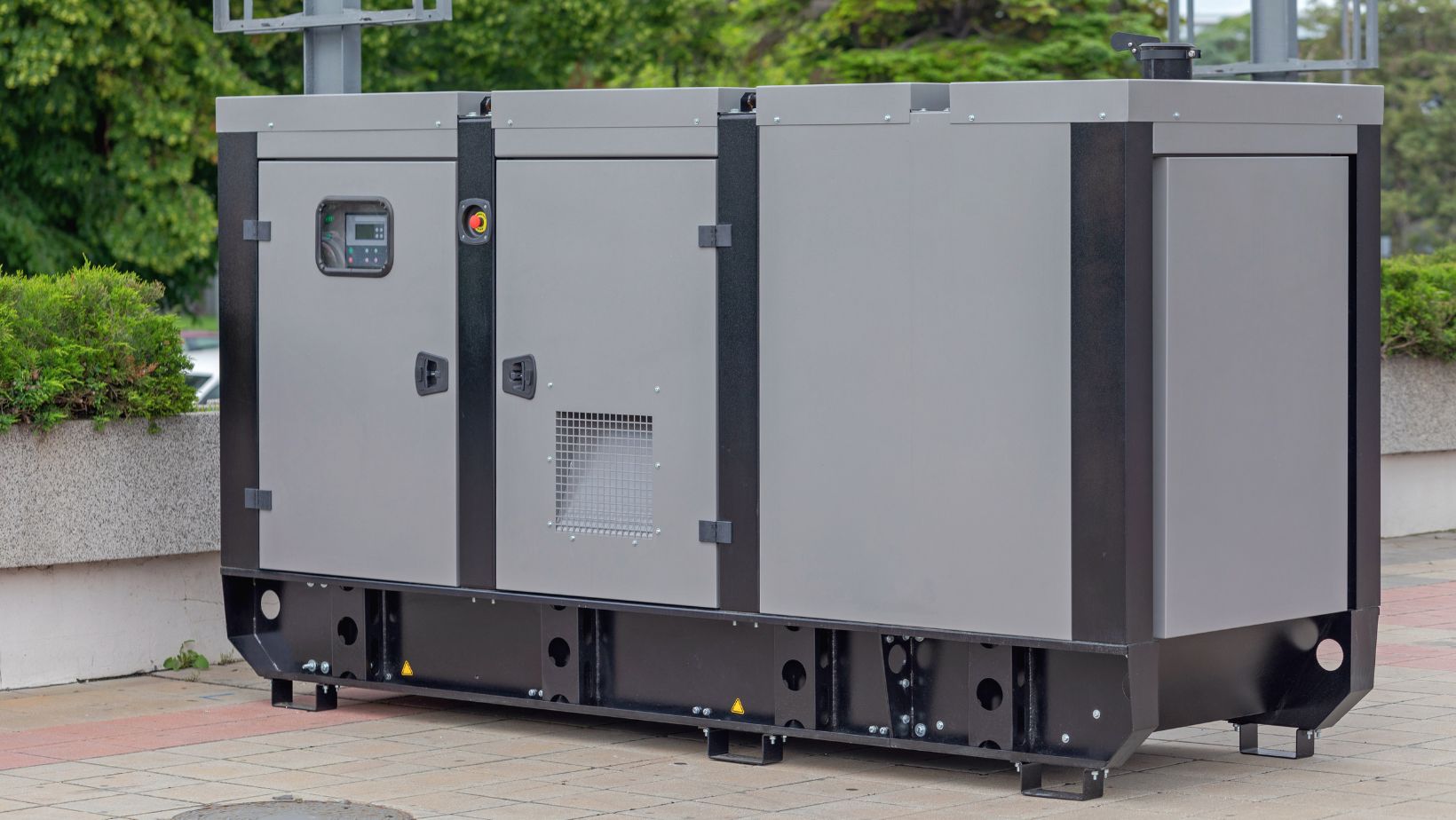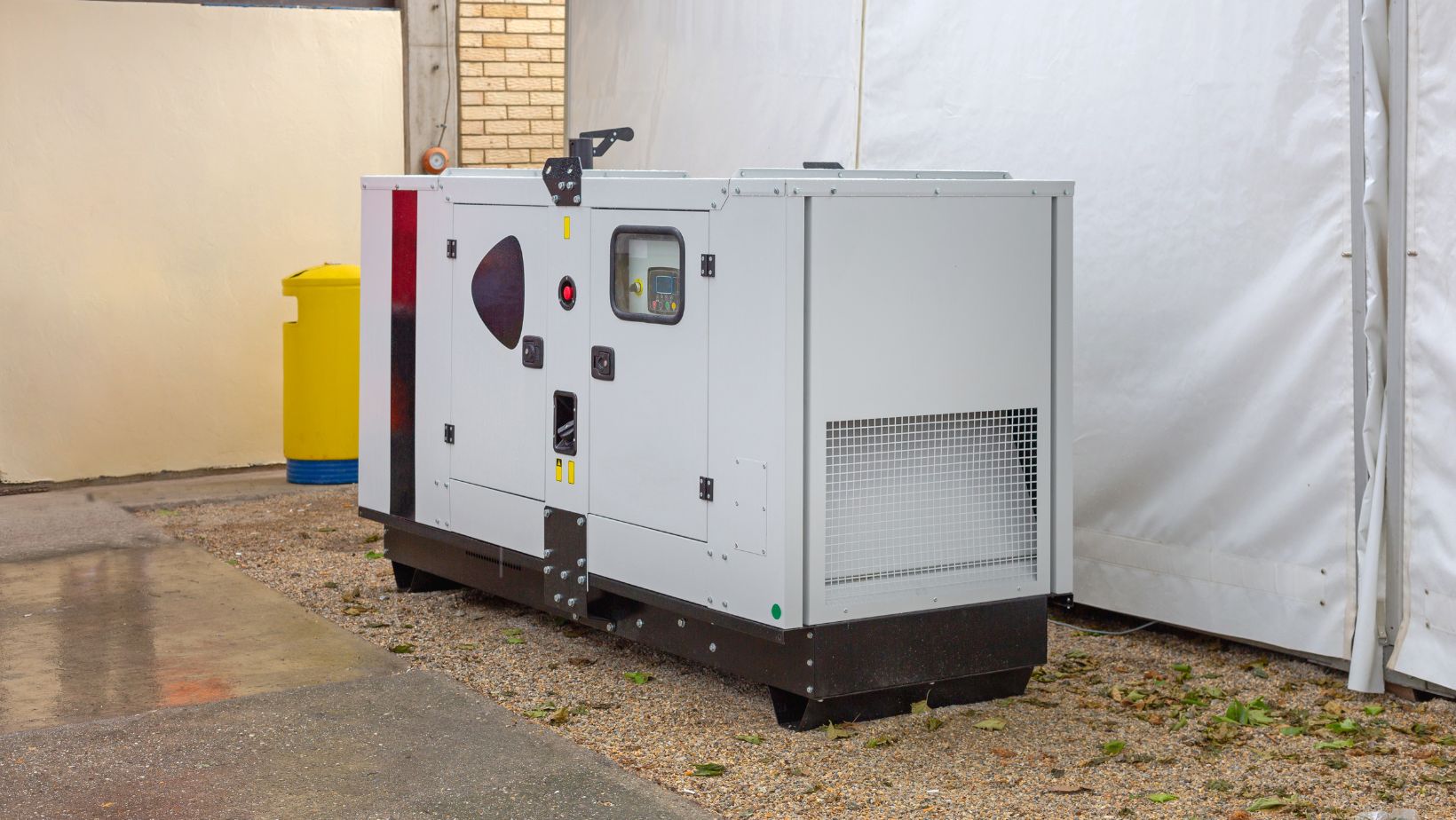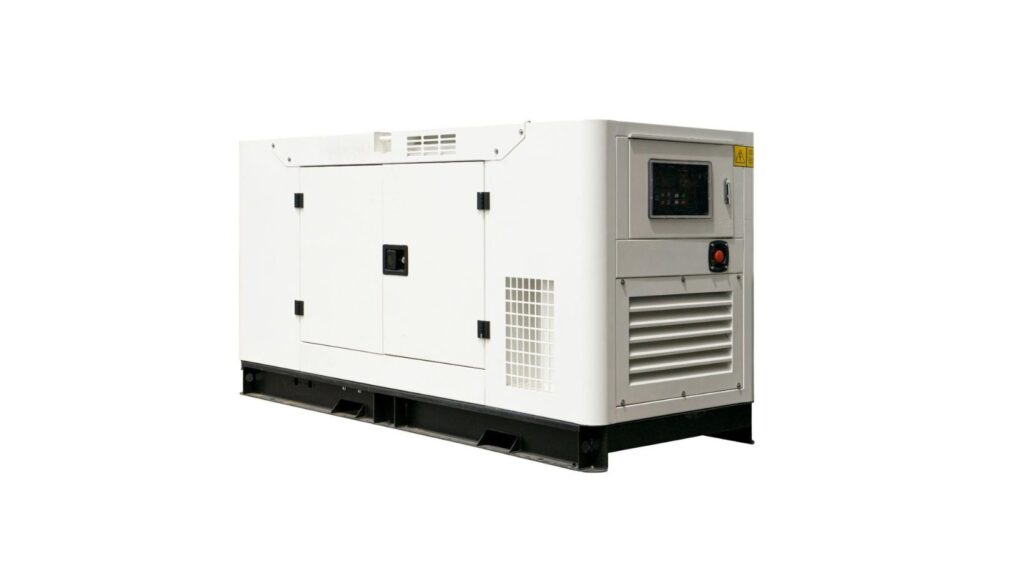Power outages cost U.S. businesses over $150 billion every year, and for industrial operations, a single hour of downtime can mean thousands of dollars lost in productivity and damaged equipment. Choosing the right industrial generator isn’t just about wattage. It’s about reliability, efficiency, and long-term ROI.
A poorly matched system can lead to fuel waste, overloads, or even regulatory fines. And once the generator fails, you’re not just out of power but dealing with costly delays and potential safety risks. So how do you avoid that?
By knowing exactly what to look for. In this post, we’ll break down 7 essential features every industrial buyer should evaluate before committing. If you’re investing in a generator, make sure it’s one that’s built to power your success.
1. Load Management: The Feature That Saves Your System From Itself
When the power goes out, most people think all you need is wattage but what they miss is how everything comes back online. In industrial settings, equipment doesn’t just draw power steadily. It surges.
If your generator can’t prioritize and stagger those loads, you risk everything shutting down seconds after it starts. That’s where advanced load management steps in.
Here’s what to look for:
- Automatic Transfer Switches (ATS): These switch the power source automatically and control which systems come on first.
- Load-shedding capability: Critical loads (like data servers or HVAC) stay online while less essential systems (like lighting or signage) are delayed until the generator stabilizes.
- Startup sequencing: Prevents overcurrent damage and avoids overloading during peak startup demand.
This is essential for facilities with large motors, refrigeration systems, elevators, pumps, or heavy equipment that don’t all need to start at once. Without it, you’re risking breaker trips, generator overload, or worse, downtime when you thought you were protected.
2. Fuel Efficiency: The Long-Term Budget Saver Most Purchasers Overlook
Let’s be real: The upfront cost of a generator is just the beginning. If it burns through fuel inefficiently, the real cost shows up in your monthly budget, especially if you’re running it for extended periods.
That’s why fuel efficiency needs to be on your shortlist.
What to check:
- Gallons per hour (GPH) at 50% and 100% load—this tells you how it performs under different demand levels.
- Idle control features allow the generator to throttle down when full output isn’t needed.
- Fuel type availability:
○ Diesel offers high efficiency and availability but needs proper storage.
○ Natural gas is cleaner and often cheaper in urban areas but may not be available in remote zones.
○ Bi-fuel gives you flexibility and backup when fuel access is inconsistent.

For context:
A 100 kW diesel generator that burns 8 GPH vs. one that burns 10 GPH can mean a difference of 2,000+ gallons per year in high-use applications. At current fuel prices, that adds up fast.
3. Emission Compliance: Not Optional, Not Negotiable
If you’re buying an industrial generator and haven’t checked the emissions requirements, stop and do it now. Compliance isn’t just about being green—it’s about avoiding major headaches.
Local, state, and federal regulations are tightening fast, especially in construction, healthcare, utilities, and educational facilities. One wrong move, and you’re looking at:
- Fines from EPA or local air quality boards
- Delays in permitting that stall your entire project
- Required upgrades that cost more after installation than during spec
What matters most:
- Tier 4 Final certification (U.S. standard for non-road diesel engines)
- Integrated after-treatment systems like diesel particulate filters (DPFs) and selective catalytic reduction (SCR)
- Decibel ratings for noise-sensitive zones (especially near residential areas or hospitals)
Some newer models are already engineered to meet these standards without sacrificing output which means you stay compliant without compromising power.
💡 Looking for Tier 4 Final-ready options? Kohler Industrial Generator Bay City Electric Works has a range of models that meet strict emissions criteria without the complexity.
4. Remote Monitoring: Stay in Control, Even Off-Site
When you’re managing a facility or multiple locations, you don’t have time to babysit your generator. And the worst failures?
They usually happen when no one’s around. That’s why remote monitoring and smart controls are no longer a luxury. They’re a must.
With remote monitoring, you (or your team) can:
- Get real-time alerts if something’s off—low fuel, overheating, system faults.
- Track performance data like voltage, run hours, and load history
- Schedule maintenance before minor issues turn into outages
Modern generators, especially industrial models, come with options for cloud-based dashboards and mobile alerts. So, even if you’re across town, you’ll know your system is running exactly how it should.
If uptime matters (and let’s be honest, it does), this feature gives you peace of mind you literally can’t put a price on.
5. Built for Harsh Environments: Not All Generators Are Field-Ready
It’s easy to assume any generator can tough it out, but the truth is many aren’t built for industrial abuse. Rain, salt air, vibration, dust, temperature swings… if you’re in a rough environment, your generator needs to be up for the challenge.
What to look for:
- All-weather enclosures with rust-resistant materials
- IP-rated housings that block out dust, water, and debris
- Anti-vibration mounts and internal reinforcements to handle heavy-duty operation
Industries like construction, mining, agriculture, and coastal installations demand more from their equipment. If your generator can’t withstand the environment, it won’t survive the workload.
Bobcat models are great for this, but Kohler’s industrial lineup is built for serious field use, too.
Bottom line: Don’t just match the specs—match the setting.
6. Scalability: Power That Grows with You
Today’s needs might be modest. Tomorrow? You could double your operations. So why install a system that’s maxed out from day one?
Scalable power systems let you expand without tearing everything out. Here’s how:

- Look for parallel-ready generators, which let you link multiple units together when you need more power.
- Choose modular designs that simplify add-ons or upgrades.
- Prioritize models with smart load sharing so no unit gets overloaded.
Perfect for:
- Facilities expecting expansion
- Projects with temporary high loads
- Businesses that want to avoid overbuying now but need room to grow later.
With scalability built in, you’re planning smart not overspending up front, but ready when it’s time to grow.
7. Support & Service: The Feature That Gets Overlooked Until You Need It
Let’s be real. No matter how good a generator is, things can go wrong. And when they do, you’ll wish you had a solid support team behind you.
What separates a decent investment from a great one?
- Access to certified technicians who can service your model fast
- Fast parts availability, so downtime doesn’t drag on
- A brand with a long-standing reputation for reliability and accountability
Conclusion: Choose Power That’s Built for the Real World
When it comes to industrial generators, it’s not just about having backup power but about having the right kind of power for your facility, your workload, and your long-term growth.
The wrong choice can lead to fuel waste, system overloads, downtime, or even non-compliance headaches. But when you choose a generator with the right features, load management, fuel efficiency, emissions compliance, remote monitoring, and beyond, you’re setting your operation up for reliability, safety, and serious ROI.
If you’re ready to make an informed investment, work with a provider that understands what’s at stake.
